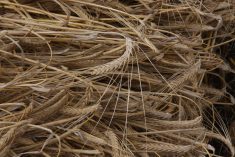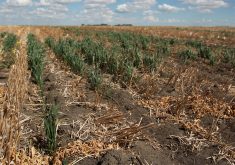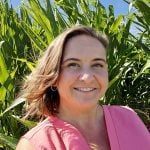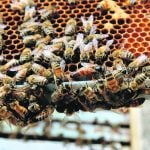The federal government is committing $27 million to a five-year research project on greenhouse gas emissions in agriculture, and two prairie universities are at the heart of it.
University of Alberta researchers, in co-operation with Agriculture Canada researchers at the Lacombe research centre, are studying livestock feeding systems and greenhouse gas emissions.
University of Saskatchewan researchers are involved in a project to study how to make use of irrigation water more efficient and how to reduce greenhouse gas emissions through reduced pumping.
They are among 13 projects approved under the government’s commitment to the Agriculture Greenhouse Gases Program organized through the newly created Global Research Alliance that includes more than 30 countries.
Read Also
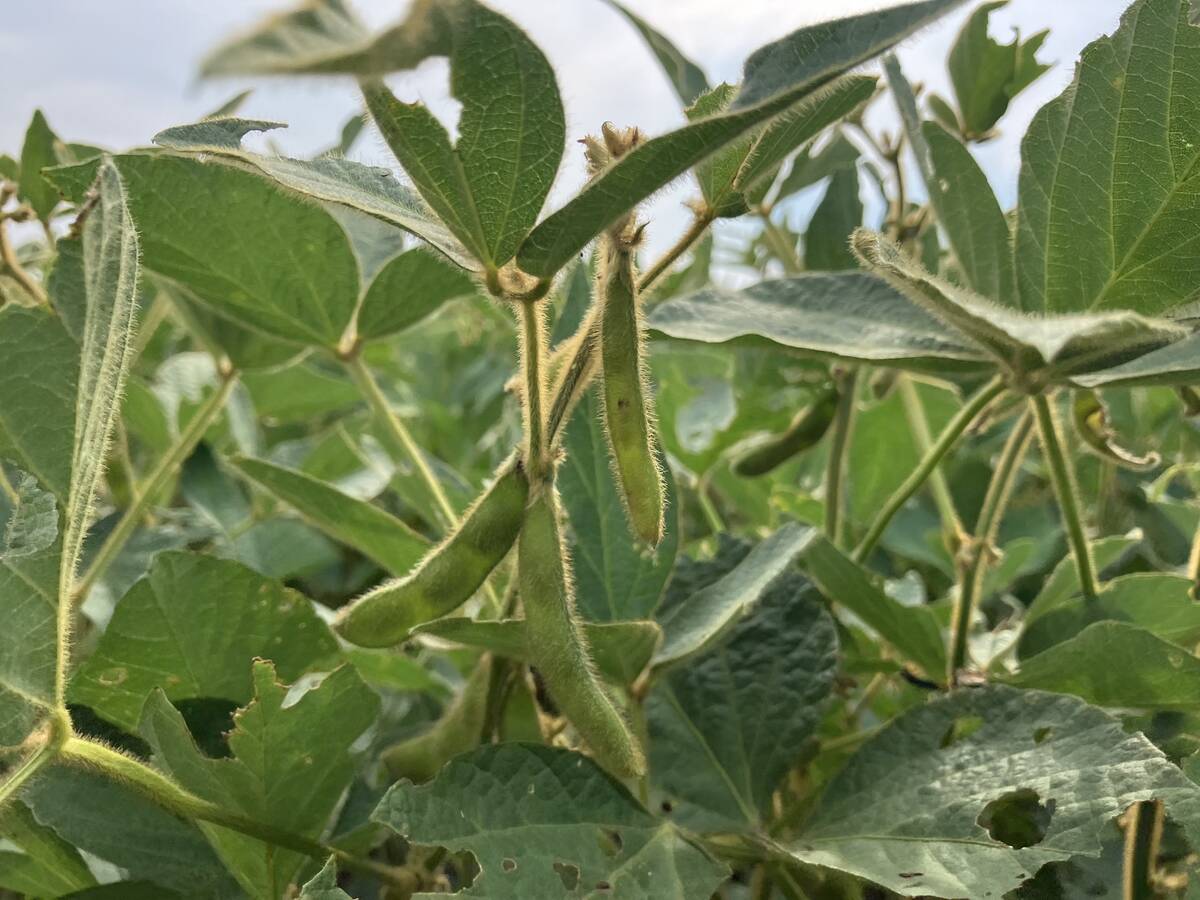
U.S. loses out on sales of soybean to China
U.S. soybean exporters risk missing out on billions of dollars worth of sales to China this year as trade talks drag on and buyers in the top oilseed importer lock in cargoes from Brazil.
Members have agreed to co-ordinate research projects and share results through a database operated by New Zealand.
Canada’s first 13 projects account for $16 million over four years. More announcements for the rest of the money will come.
Richard Butts, director general for Agriculture Canada’s knowledge, innovation and technology directorate, said Canada will contribute results from its research but is also responsible for measuring greenhouse gas emissions from agriculture around the world.
“We’re leaders in the field of measuring emissions and that will be one of our lead roles,” he said.
Among the projects Canada has announced is a University of Albertaled study to compare greenhouse gas impacts of different cattle feeding systems, including concentrated feeding and swath grazing.
A second part of the project is to compile data on which systems produce more efficient feed use and require the least feed, reducing the amount of methane production, manure and greenhouse gas emissions.
“The goal also is to look for feeding systems that not only cut greenhouse gas emissions but also are profitable for producers,” said Lacombe research centre scientist Vern Baron.
He is working with university researchers studying the effects of greenhouse gas emissions on Lacombe cattle.
“There is very little information on beef cows and their GHG contribution in the field,” he said.
“We’re striving for more precision in tracking this and the impact that different feeding system have in different seasons.”
He said there are potential savings for farmers and the environment in making increased use of cattle grazing on swathes left in the field.
“The fossil fuel input is reduced substantially, you don’t have to use fuel to bale it and you don’t have to truck feed to the livestock,” he said.
“We believe we could have savings in greenhouse gas emissions of up to 30 percent.”
However, Baron said little hard data is available about cattle-produced emissions, so the Canadian research will help build the database that could influence cattle management practice.
When agriculture minister Gerry Ritz announced the first investments in projects for the global research network, he said investigation of irrigation methods and greenhouse gas impacts in Saskatchewan could help farmers as well as the environment.
“It will help scientists in Saskatchewan who are looking at ways to help lower farmers’ irrigation and pumping costs, improve nitrogen efficiency and ensure we have right practices in place to meet the demands of a growing global population while reducing greenhouse gas emissions,” he said.
An Agriculture Canada back-ground brief said that a million acres of prairie land is irrigated and more will be required to meet the a growing world population’s food requirements.
“Canadian farmers will benefit from findings of this greenhouse gas mitigation research that promotes increased water savings, reduced pumping costs and improved nitrogen use efficiency, increasing their profitability while helping the environment,” it said.
Agricultural Greenhouse Gases Program
Other focus areas of the program include:
•Agroforestry: Agriculture Canada and the University of Saskatchewan will study how shelterbelts act as a carbon sink to help mitigate greenhouse gases. Researchers will examine how shelterbelts can help farmers improve animal health and protect the soil from erosion.
•Water use efficiency: Agriculture Canada and the University of Saskatchewan will examine greenhouse gas emissions in irrigated systems. Researchers will look at ways to save water, reduce irrigation pumping costs and improve nitrogen-use efficiency to improve producer profits.
———
access=subscriber section=news, livestock, none





